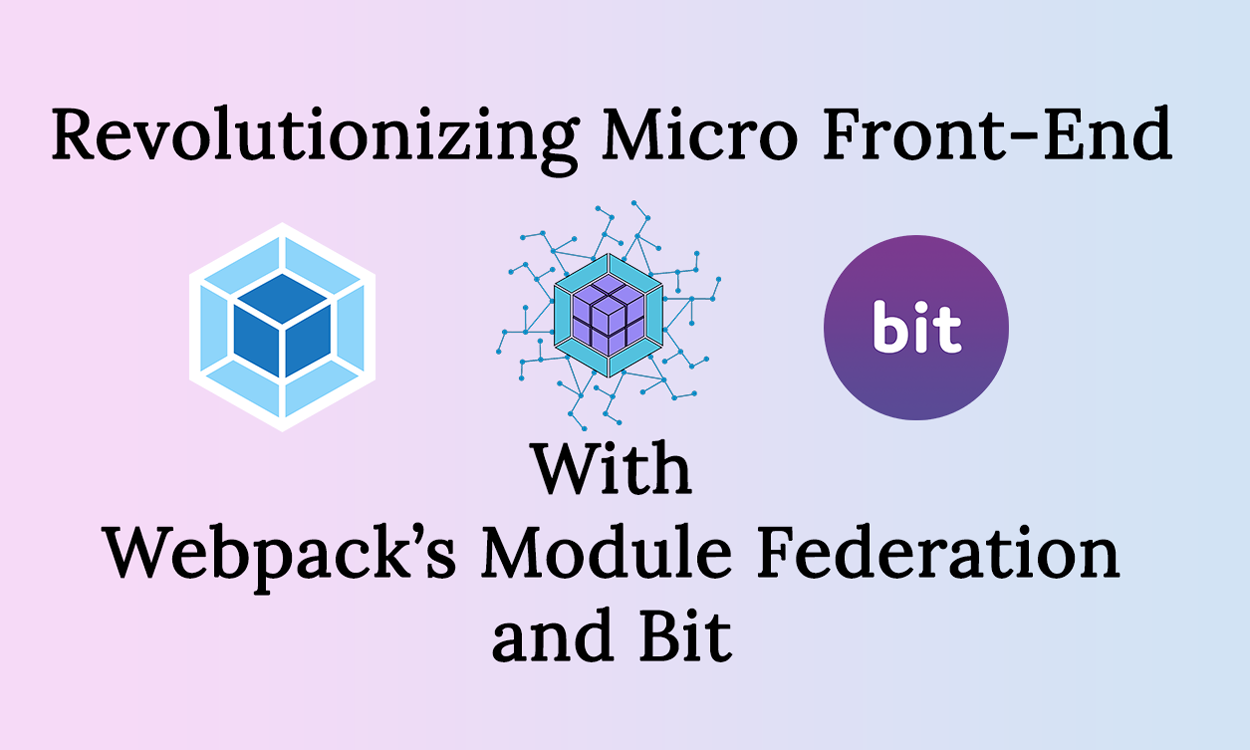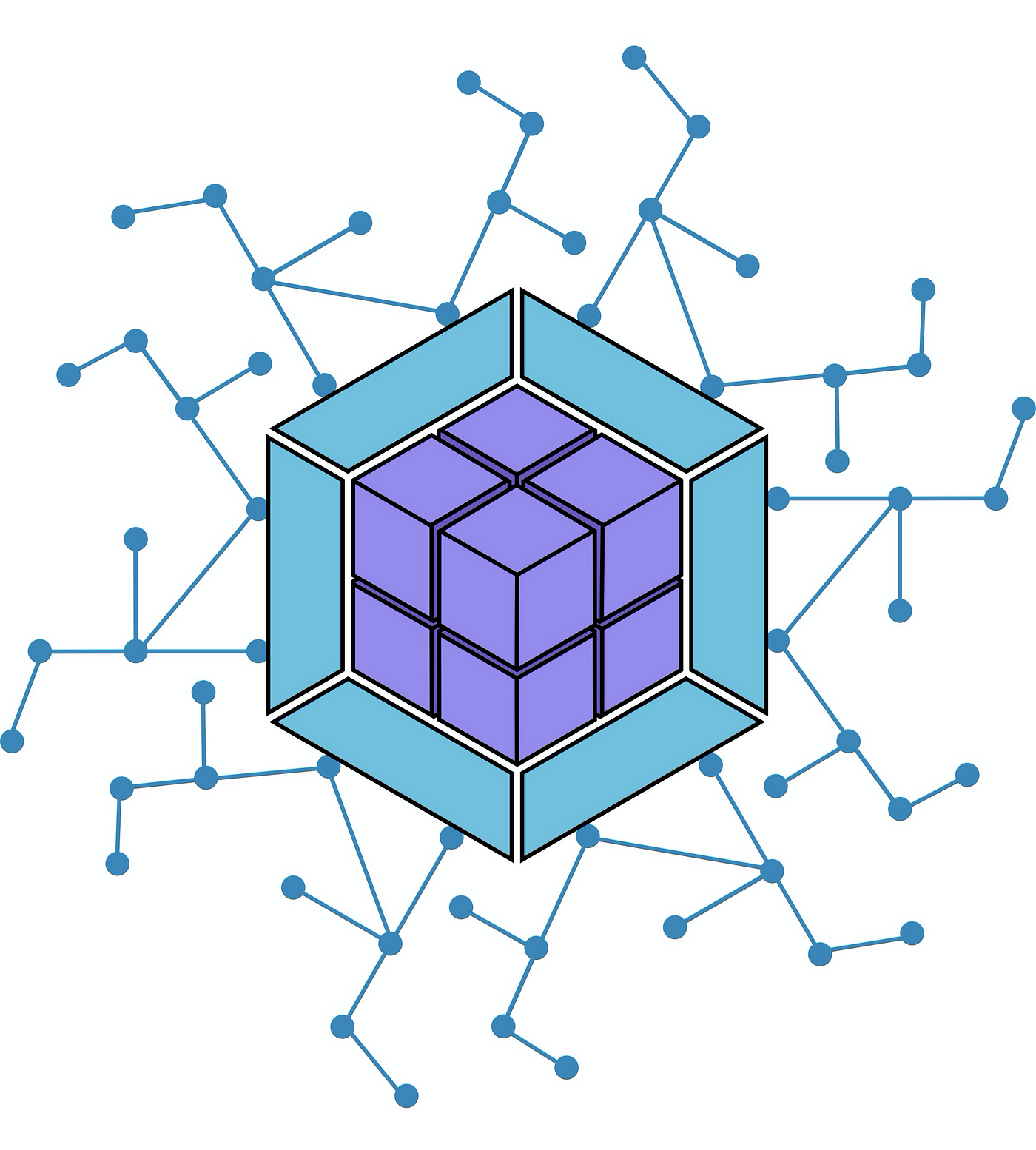


I've cobbled the following together, anyone have a sense of where I'm going wrong? // nfig. This documentation is written for React-PDF 4.x branch. I think this might have to do with the way Next bundles things under the hood but that isn't explained anywhere I can find. I put my PDFs into Next's /public folder and when I run yarn build the file paths are generated as /public/file-name.pdf, which is what I asked for. Webpack documentation doesn't really explain static generation, and Next's config documentation doesn't really explain file loading for PDFs.
WEBPACK DOCUMENTATION PDF HOW TO
Now that you have a basic build together you should move on to the next guide Asset Management to learn how to manage assets like images and fonts with webpack.General recommendation for processing a PDF file in Webpack keeps pointing me back to: Webpack 5.4.0 compiled successfully in 1940 ms tipĬustom parameters can be passed to webpack by adding two dashes between the npm run build command and your parameters, e.g. Now run the following command and see if your script alias works: $ npm run build This convention is the standard in most npm-based projects because it allows all contributors to use the same set of common scripts. Note that within scripts we can reference locally installed npm packages by name the same way we did with npx. Now the npm run build command can be used in place of the npx command we used earlier.

Whether you are discovering Symfony for the first time or refreshing your knowledge, this practical guide provides the definitive introduction to modern Symfony applications. + "test": "echo \"Error: no test specified\" & exit 1", This book, written by Symfonys creator, lays out a pragmatic approach to developing web applications with Symfony: from scratch to production. If you are upgrading from v14 or an earlier version, check out the Migration Guide.If you are using an older version, the old docs are here. This is the documentation for Vue Loader v15 and above. "test": "echo \"Error: no test specified\" & exit 1" Webpack loader for single-file Vue components. dhuang612 mentioned this issue on Aug 19, 2019. timvandermeij added 1-other 5-good-beginner-bug labels on Jul 3, 2019. Let's adjust our package.json by adding an npm script: maclockard opened this issue on 2 comments Fixed by 11081. Given it's not particularly fun to run a local copy of webpack from the CLI, we can set up a little shortcut. See the configuration documentation to learn more. We can specify loader rules, plugins, resolve options and many other enhancements this way. This will be useful for more complex configurations that need to be split into multiple files.Ī configuration file allows far more flexibility than CLI usage.

We use the -config option here only to show that you can pass a configuration of any name. If a is present, the webpack command picks it up by default. Webpack 5.4.0 compiled successfully in 1934 ms tip Now, let's run the build again but instead using our new configuration file: $ npx webpack -config Īsset main.js 69.3 KiB (name: main ) 1 related asset Now we'll create the following directory structure, files and their contents: It does this by pulling them out of the the build pipeline and out of your apps.
WEBPACK DOCUMENTATION PDF CODE
and this is a line to be removed from your code Webpack 5 Module Federation aims to solve the sharing of modules in a distributed system, by shipping those critical shared pieces as macro or as micro as you would like. For instance: + this is a new line you shall copy into your code Throughout the Guides we will use diff blocks to show you what changes we're making to directories, files, and code.
WEBPACK DOCUMENTATION PDF INSTALL
Npm install webpack webpack-cli -save-dev Basic Setupįirst let's create a directory, initialize npm, install webpack locally, and install the webpack-cli (the tool used to run webpack on the command line): mkdir webpack-demo The minimum supported Node.js version to run webpack 5 is 10.13.0 (LTS) live previewĬheck out this guide live on StackBlitz. If you're still new to webpack, please read through the core concepts and this comparison to learn why you might use it over the other tools that are out in the community. Once installed, you can interact with webpack either from its CLI or API. Webpack is used to compile JavaScript modules.


 0 kommentar(er)
0 kommentar(er)
